Tomatoes, basil, squash and grape vines in the organic garden
By Nick Nutter | Updated 30 Sep 2022 | Andalucia | Organic Garden |
Login to add to YOUR Favourites or Read Later
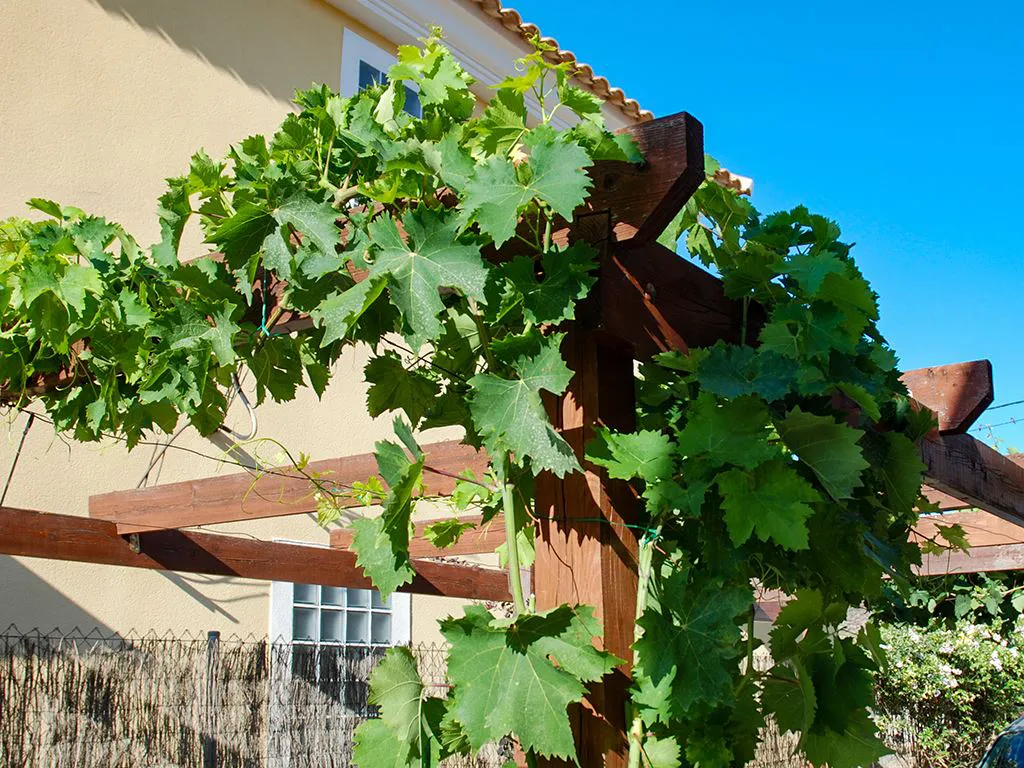
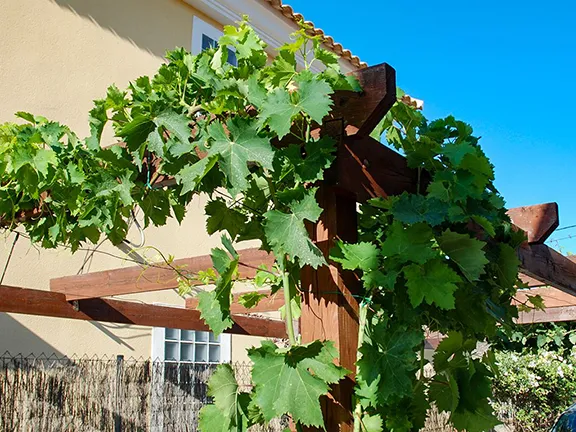
Grape Vine
Here we are at the end of July. The weather has been a real mix during the month, mostly blue skies with some cloudy days, a little bit of torrential rain and a couple of thunderstorms that can be pretty spectacular up here in the mountains of Almeria. The temperature difference between day and night is very pronounced. In fact, the weather is not at all what we were expecting, nor what we were used to on the Costa del Sol. It all makes for interesting gardening.
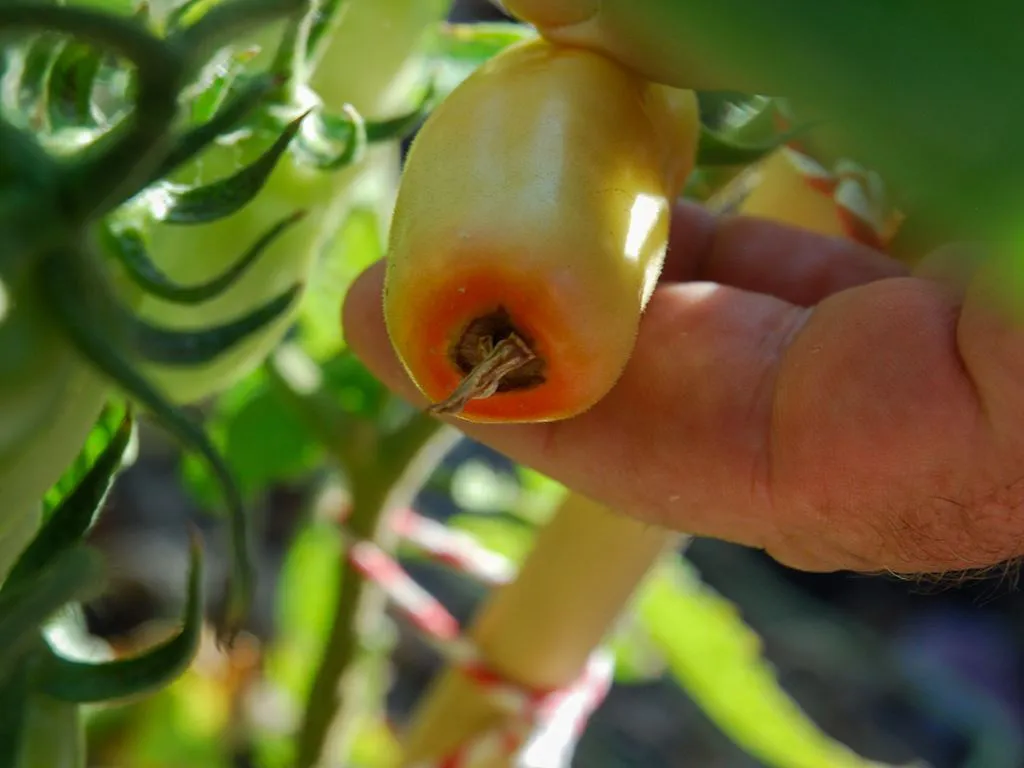
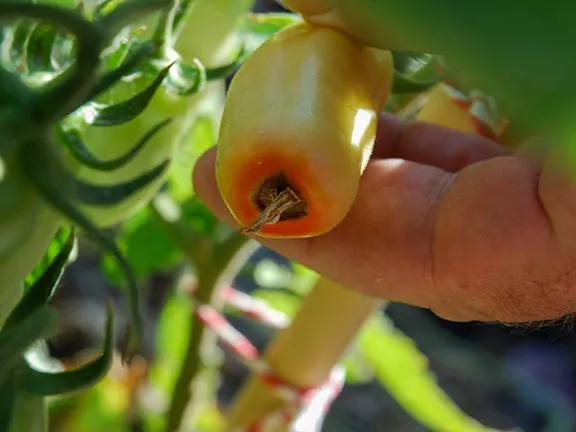
Blossom end rot
We are picking both the bush tomatoes and cane tomatoes now as they ripen. We are still removing side shoots on the cane tomatoes and continuing to tie them in to canes. One of the plum tomato plants is producing fruit with blossom end rot. This is caused by lack of calcium. What happens is that the plant is either receiving too much water and the waterlogged roots are unable to pick up the calcium they need or they are receiving too little water, during drought conditions for instance, and again unable to take up enough calcium. Since we have had torrential rain and scorching hot temperatures when the plants depended on the watering system, I suspect the blossom end rot on our plants is caused by uneven watering. I will be digging as much compost as I can produce into this soil this autumn and winter. That will improve both drainage and the water retention properties of the soil and provide a better growing medium for the plants.
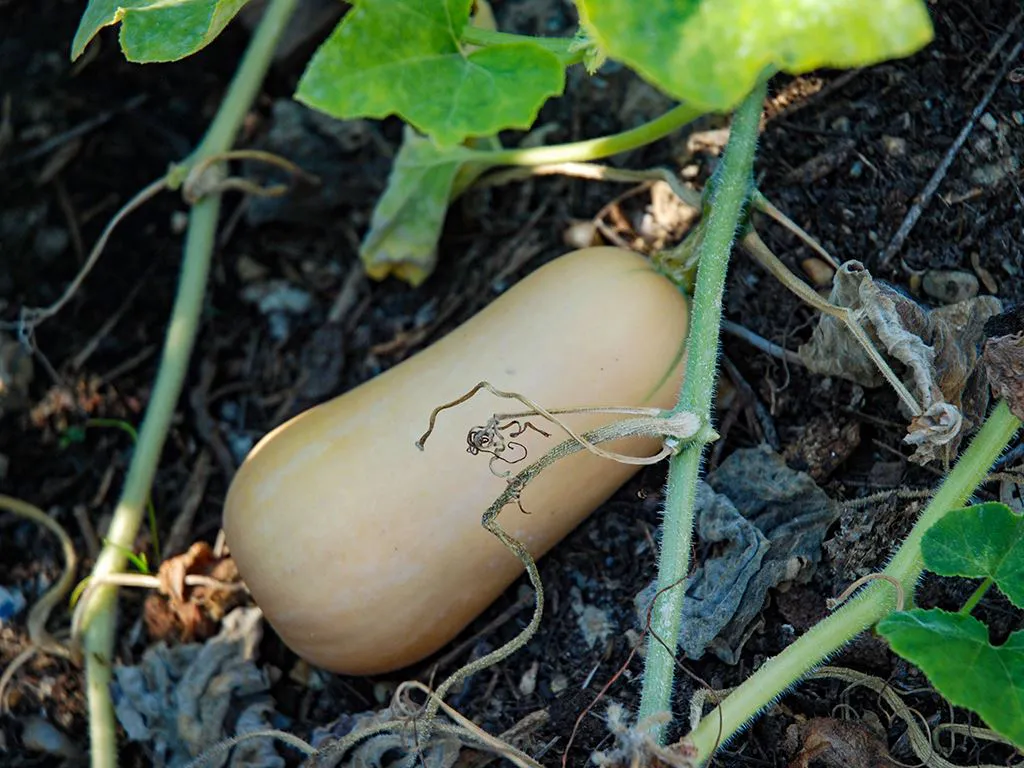
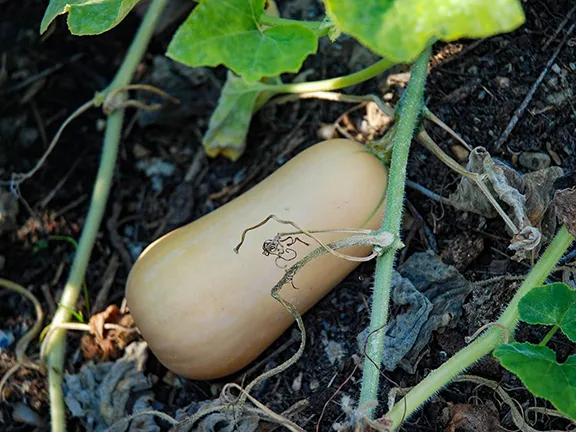
Butternut Squash
We picked our first butternut squash on the 29th July. Here is another plant for which I will have to learn new techniques. On the Costa del Sol I used to sow the seed in the ground and just let them get on with it for a bumper crop. Mind you I did end up with about 50 square metres of dense foliage to wade through to find the squash. Here the crop is far less prolific so, next year, I will be pinching out the plants three leaves beyond the set fruit, just as if I were in the UK. This encourages side shoots that will produce more fruit and allows the set fruit to develop fully.
The same applies to the courgettes, gherkins and cucumbers.
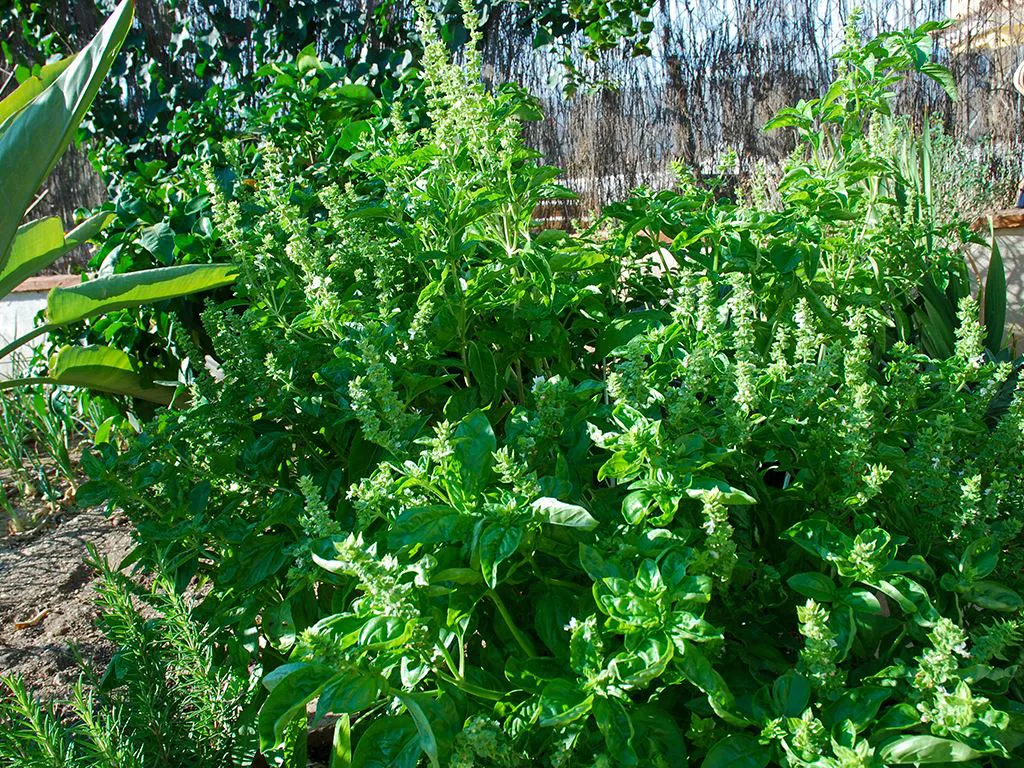
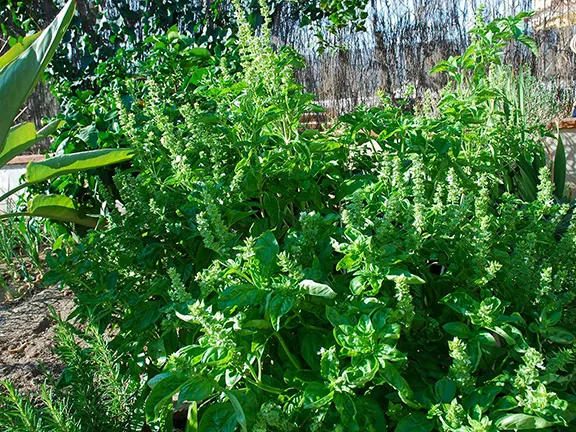
Basil
You cannot have tomatoes and no basil. Well, I think so. The basil patch consists of just five plants, grown from seed. We like the Italian broad-leafed basil. It is a good all-rounder, for salads, pesto and in sauces. The basil is cut in rotation so that about one third, the oldest growth in full flower, is being cut for use in the kitchen, one third is growing new side shoots and hence new leaves and a third is just coming into flower. The bees, moths and small insects love the flowers and the birds love the insects. When you come to cut the flowering basil, be ruthless and cut back at least half way down the stems. You will have plenty of leaves and the plant will soon throw out new side shoots.
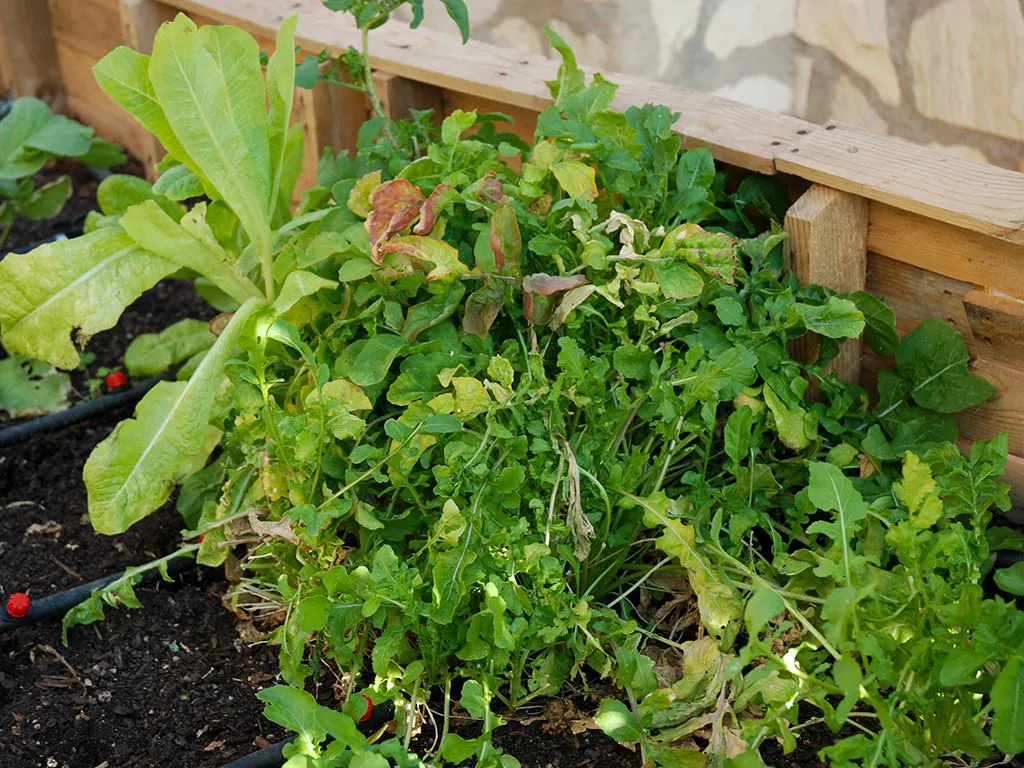
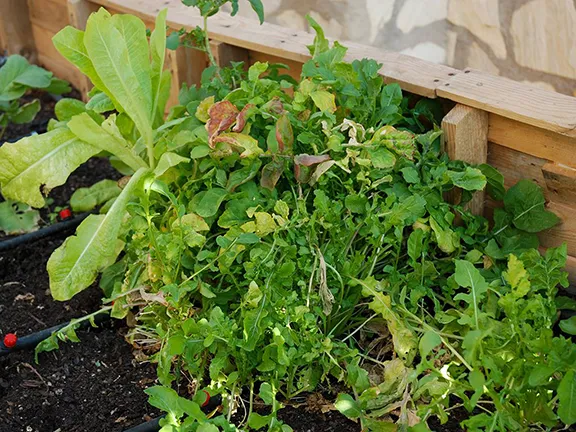
The salad leaves and rocket that Julie sowed in the raised beds have kept us in salad greens since mid May. The first patch is now exhausted, and we are well into the second patch so it is time to sow again. Each patch is about 0.50 metre x 0.5 metres. The seed is mixed up, a selection of lettuces, some curly leaved and rocket and sprinkled over the patch. Cover with a thin layer of compost and water them in. You will have pickable leaves within a month. Julie also sowed a couple of rows of beetroot in May that we have just cleared from the bed for salads and pickling whilst they were still young. Spring onions grown from seed are ready to be transplanted into the herb garden and we are eating spring onions that were sowed directly into the herb garden in March.
When we moved into the house in March 2021, we inherited two grape vines growing up a pergola at the side of the house. They had been well pruned the previous autumn to gnarled trunks. They started to show signs of growth during April and I started to train the new growth the same month. The initial training was designed to provide a strong framework for the laterals that would produce the grapes. The intention is to leave a network of branches up and over the pergola this autumn so that we have total shade over the pergola next year.
I have never grown grape vines before so I was busy on the Internet getting as much advice as I could and I also kept an eye on our neighbour, Jose, who has been growing grapes for donkeys years.
The first mistake I made was to leave too many main stems and too many laterals growing from those stems. The second mistake I made was failing to net the vines during mid July. As a result I woke up one morning to find half ripe bunches of grapes swarming with wasps. At dawn the following day I cut off the bunches of grapes before the wasps woke up. Well almost. One peeved fellow on his way for breakfast managed to sting me and it hurt. I did notice that the bunches of grapes were solidly packed together, each grape firmly jammed next to its neighbours. I am going to have to learn how to prune individual bunches for next year.
Removing the grapes also allowed me to take out all those unnecessary main stems and laterals so that I was left with a decent framework that will give me a head start next year.